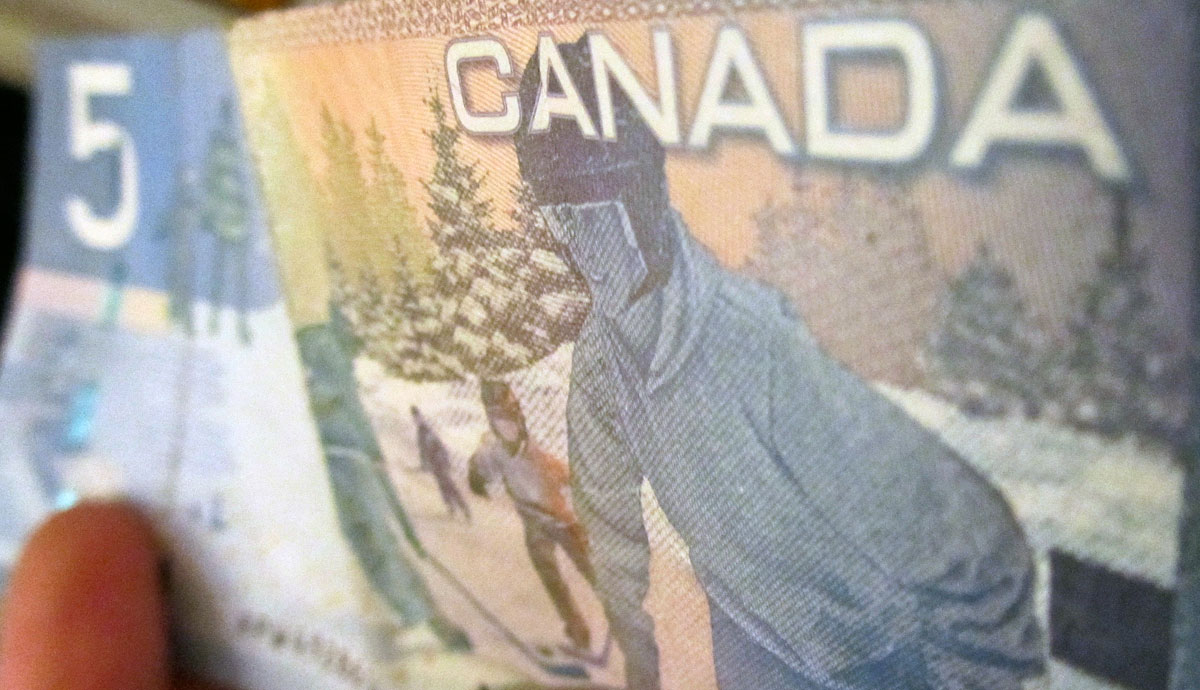FUNDING for athletes continues to be cut in real terms as advocates campaign to make up the now 24 per cent gap.
The rate for the Athlete Assistance Program (AAP) has not changed in 12 years and the Government of Canada did not mention sport in its 2016 budget at all.1
Little progress has also been made on implementing the “calls to action” in the 2015 Truth and Reconciliation Commission with the government claiming it is still examining the recommendations.
Even as Canada has sent elite athletes to the 2012 Olympics and Paralympics, the 2014 Commonwealth Games, the 2015 Pan Am Games and Parapan American and now the 2016 Olympic and Paralympic Games in Rio, Brazil, the taxpayer-funded budget has not changed.
AthletesCan,2 the organisation for national team athletes, said they were currently fighting for an increase in cash to match the rise in consumer price index (CPI).
Ashley LaBrie, executive director of AthletesCan, confirmed by email: “The rate has not been increased yet. We are still in the midst of a campaign to increase – we are recommending a 24 per cent increase to reflect the CPI increase since 2004.
“We’re hoping that something will happen either fall or winter. We’re hopeful that the new government will agree this is a priority moving forward.”
Tomorrow has followed the static funding in 2013, 2014 and 2015 and only the elected government has changed significantly in Canada in that time.
Catherine Gagnaire, public relations manager with Canadian Heritage, the department which manages sport funding and policy, acknowledged there was no mention of sport in the 2016 budget.
“But it remains a priority for the Government of Canada,” she told Tomorrow by email, pointing to the $200 million annual funding through sport organisations and to athletes, including the AAP. Ms Gagnaire said $20 million was committed in match funding to private sector investment while $28 million goes to more than 1,900 athletes through the AAP.
She continued: “Ensuring that Canadian athletes have the support they need to continue to push for the podium today as well as in the future is an important focus for the Government of Canada.
“The program is currently reviewing the cost of living impact on carded athletes since last the stipend increase and will be consulting with sport community to seek further input into this matter.”
‘Exploring options’
The Truth and Reconciliation Commission, delivered last year, considered the legacy of Canada’s residential school system abusing and killing indigenous children. It included wide-ranging recommendations, amongst them for indigenous sport.3
Tomorrow challenged the Government of Canada on these points, one year on from the first query and since the Liberal Party took power from the Conservative Party of Canada, but with little sign of progress.
In 2015, it stated they were “currently analyzing the recommendations”, evolving to “exploring options of how to more fully respond”.
See both statements side by side here.
Ms Gagnaire pointed to the ministerial mandate letters which includes a priority for indigenous relationships and recognition.
In May, the government announced $3 million for the Toronto 2017 North American Indigenous Games, she added.
How much funding do athletes need and how long should action on indigenous sport take?
- Download the full budget here. ↩
- http://www.athletescan.com/ ↩
- Sport is outlined on page 10 of the “Calls to Action”. The report and documents can be found at the TRC website. ↩


